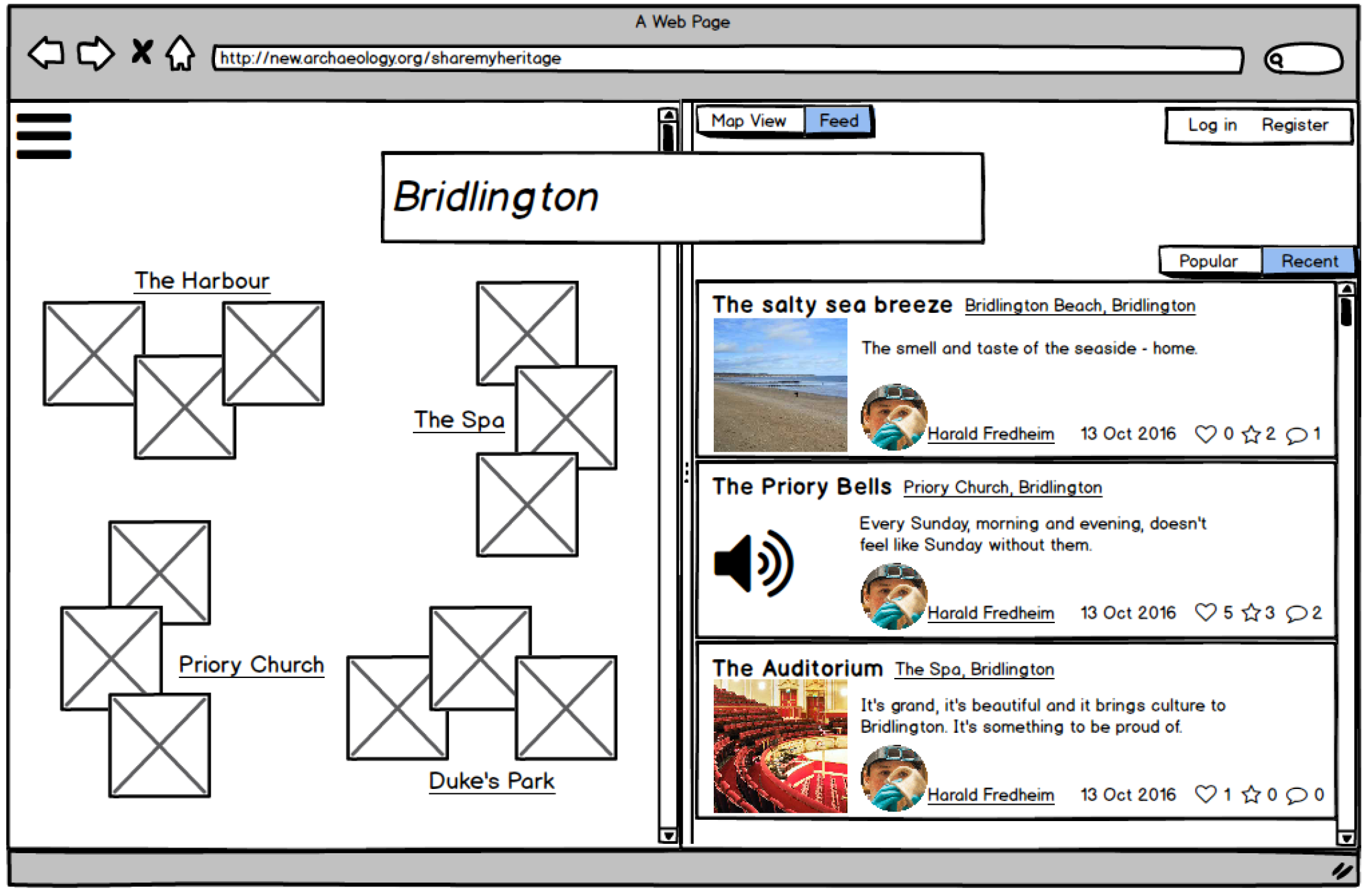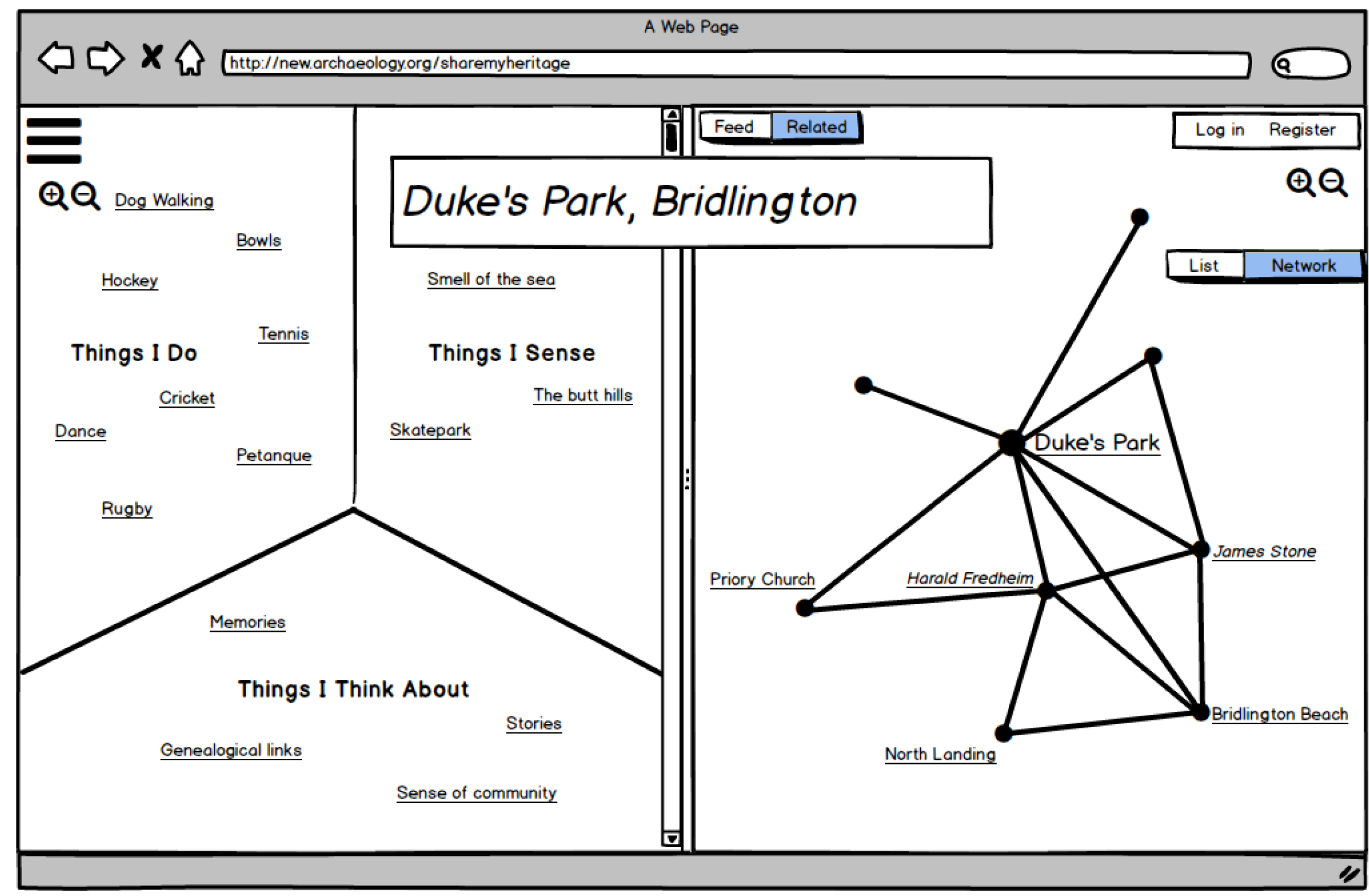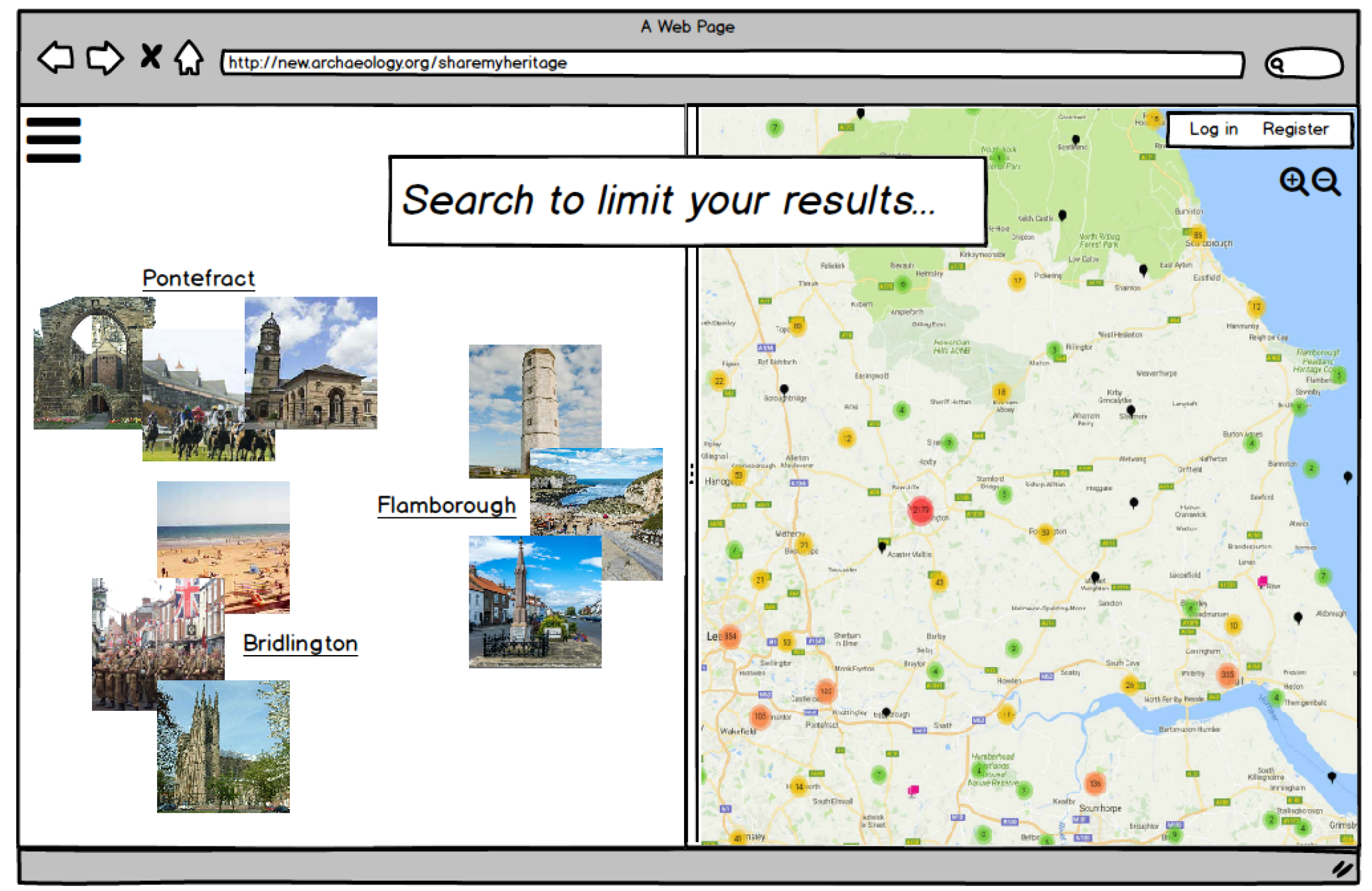Following our meeting in York in November, I arranged to meet with my partners in Bridlington and Flamborough to plan how we produce the two pieces of research we had discussed in York. The purpose of this meeting followed my original rationale – that we would meet locally following meetings with all the groups present to feed back to those unable to meet in York and to plan local initiatives. One of the problems with this model, which became evident quite early on last summer, is that those who are invested in the project have been good at attending the central meetings and that the additional attendees at the local meetings are not regular participants. For this meeting, our hosts had done a great job of getting more people to attend, but this meant we ended up spending a large part of the meeting explaining what the project is about. It also meant that we had people who didn’t have a well-developed understanding of the project participate in planning our research, which in this case proved distracting.
At our meeting in York, I shared that Jo had identified that we didn’t actually know much about many of our users. While we know quite a bit about members of heritage groups, we know less about teachers, tourists and younger people, who we have all identified as target users. Jo suggested that we do some research to find out more about their interest in heritage and digital habits in order to flesh out their personas, so we can make better informed design decisions. Ultimately, the goal is to create a product they will find useful and engaging. We had also discussed that in order to take the design much further, we would need to create sample data sets. While I had imagined users would upload short statements about what they consider their heritage to be and why, I knew that many people would expect longer pieces of descriptive text or stories. In order to be able to design more realistic mock-ups we need to know what kinds of contributions users will want to make.  These two things then, sample data sets and user research were what I had hoped we would be discussing and planning during this meeting. We had discussed both at our meeting in York, and my impression was that there was agreement that these were worthwhile tasks that we would be tackling together. I was quite excited about this, because I thought it would be an opportunity to do some truly participatory research. I might have to do most of the draft design myself, but we would work on user research and sample data sets together.
These two things then, sample data sets and user research were what I had hoped we would be discussing and planning during this meeting. We had discussed both at our meeting in York, and my impression was that there was agreement that these were worthwhile tasks that we would be tackling together. I was quite excited about this, because I thought it would be an opportunity to do some truly participatory research. I might have to do most of the draft design myself, but we would work on user research and sample data sets together.
I am not sure whether it was because of the composition of the group (including new participants), whether I’d misread the response at the meeting in York or whether some participants had changed their minds, but at this meeting these research tasks were met with scepticism. This caught me off-guard. I had expected we would be discussing how we would do the research, not discussing whether or not the research was necessary. It is safe to say that, surprised as I was, I didn’t make the most compelling case for the necessity of this research. This led us down a path of discussing whether we could use survey data from visitors to a local museum as a substitute for doing our own user research. Again, in my mind, it was clear to me that this would not be sufficient, but I don’t think I did a good job of explaining why. Toward the end of the meeting we were able to discuss how we might find out more about teachers as potential users. We weren’t able to agree on questions to ask local teachers, but a guest participant did say she could get us some Historic England research relating to heritage and school curricula, which might provide us what we needed – or at least help us ask the right questions.
A parallel meeting in Pontefract had to be pushed into the New Year, so further research is on hold until that meeting is held, but this meeting in Bridlington certainly provided much food for thought:
- Firstly, I think it is a reminder that less can be more – I still think using local meetings to feed back to those unable to attend central meetings is useful, but it is probably more productive to have smaller numbers than to try to bring in new people to every meeting.
- Secondly, it brings me back to expectations – is it unrealistic for me to expect my partners to participate in conducting user research and creating sample data sets? I hope not. I know the continuing struggle to get more people involved is frustrating, so I hope that by clarifying that we can do this work ourselves it will seem less daunting. On the other hand, I wonder whether the sense that this is my project automatically creates an expectation of that I do most of the work and that my partners contribute by attending meetings. I don’t mean for to imply that I am feeling any bitterness about this – if it is my project, then it is only fair that I do most of the work. I had hoped it would be our project – but again that may have been unrealistic.
- Thirdly, it makes me re-consider roles, responsibilities and expertise. At this point in my career, I suppose I can claim to be a professional researcher. I know that data is useless unless it is relevant. I wanted us to plan our user research together, but what does that mean exactly? Even if this was a project where everyone felt equally in charge, research of this kind is something some of us have been trained to do and others have not. This doesn’t mean that we can’t work together, or that we shouldn’t be able to talk through things toward an aim of consensus. On the other hand, it may mean that it is an area where I should be more assertive and feel less conflicted about attempting to influence the direction that consensus takes.
- Finally, in relation to whether this is my or our design project, I wonder whether this was already decided when I pitched my idea. My intention was that this would be a pilot and that we would spend the majority of our time working on ideas my partners came up with. I underestimated how long everything would take – so the pilot has become the project. As I mentioned, I decided I should be prepared to scrap this project so we could focus on our work instead of my work, but we have now come too far and become too invested. It does make me wonder though, whether no matter how open I am to incorporate my participants’ ideas and change mine, this project is doomed to remain mine simply because I pitched the initial idea. Maybe the only way a project can truly become ours, and have the collaborative dynamic I have been seeking, is by it beginning as yours. If I was participating as a citizen in my spare time it might be different, but if I am participating professionally and you are not – for a project to be ours, maybe it first must be yours?
 .
.